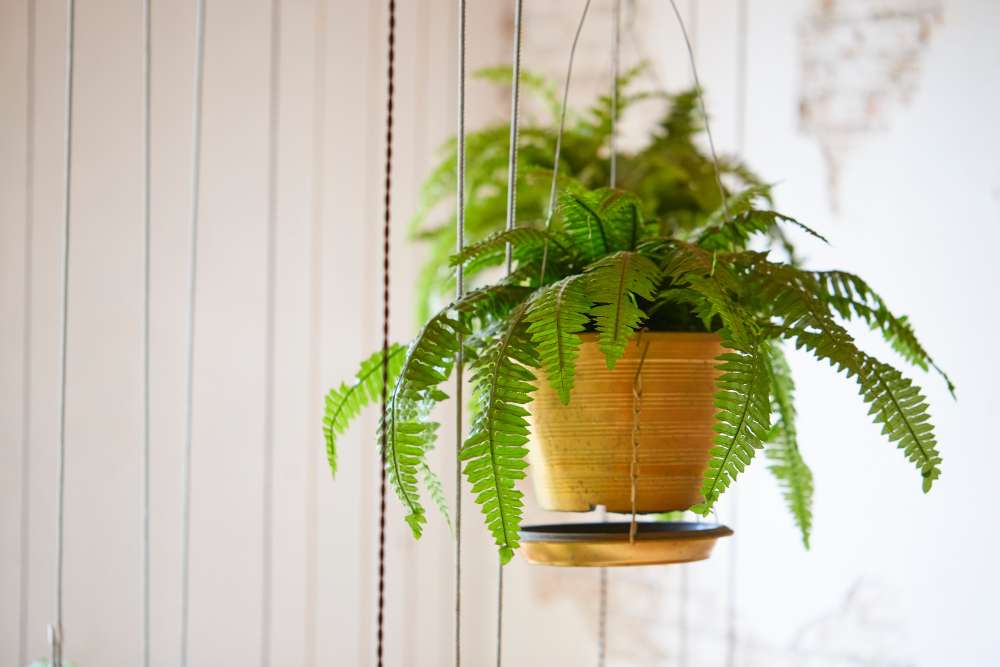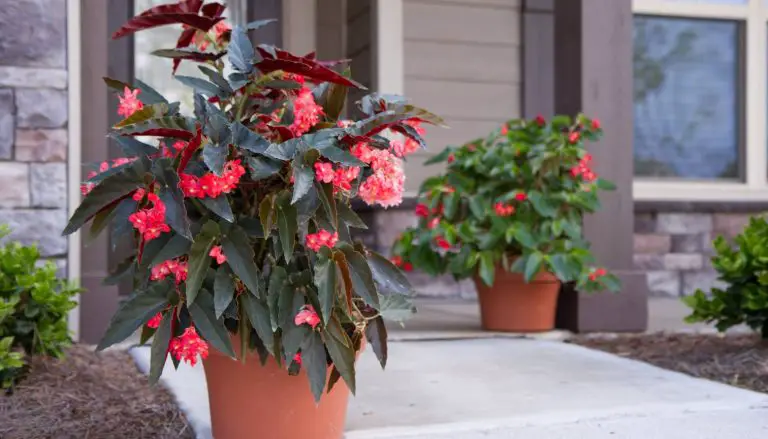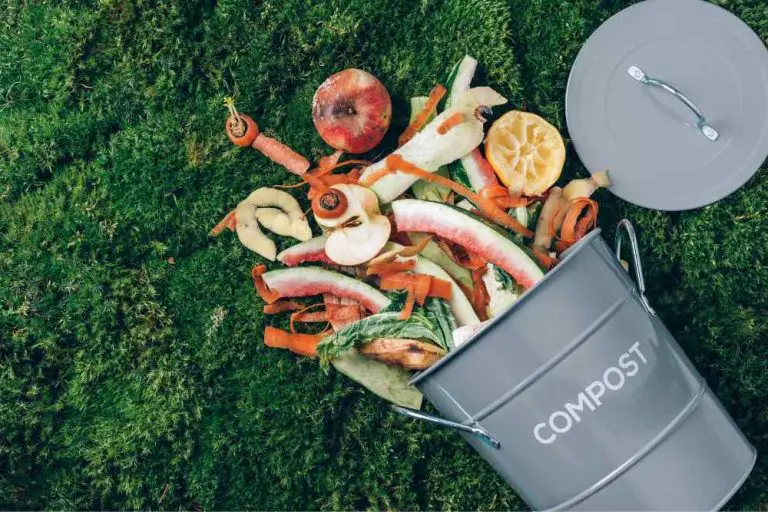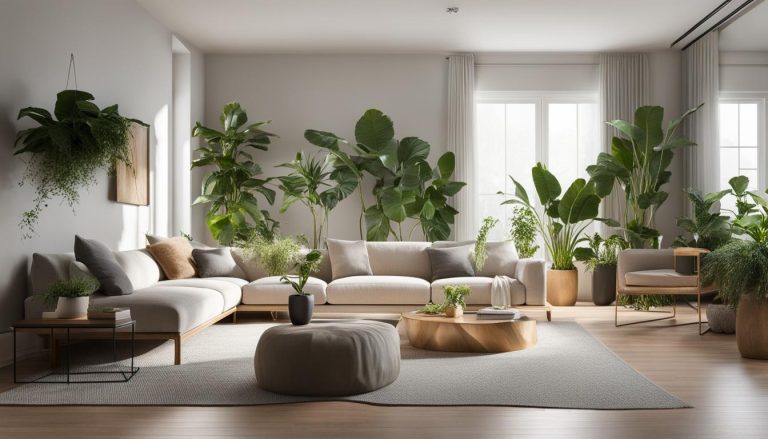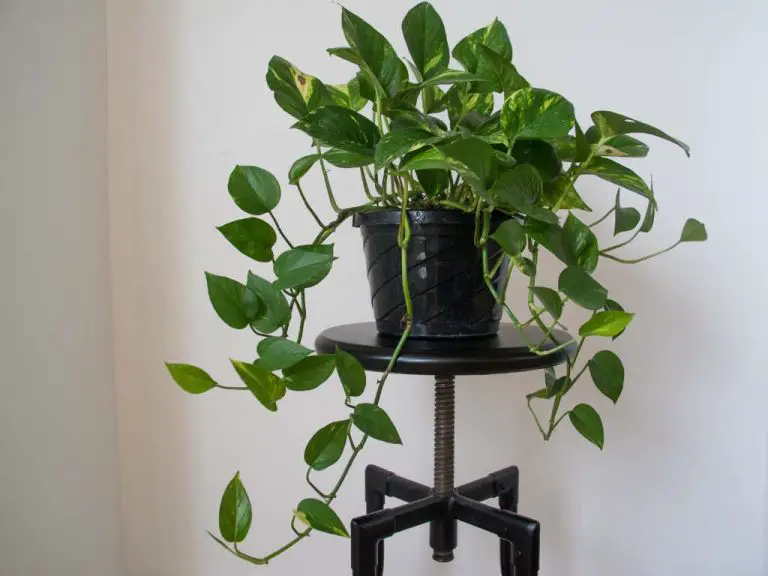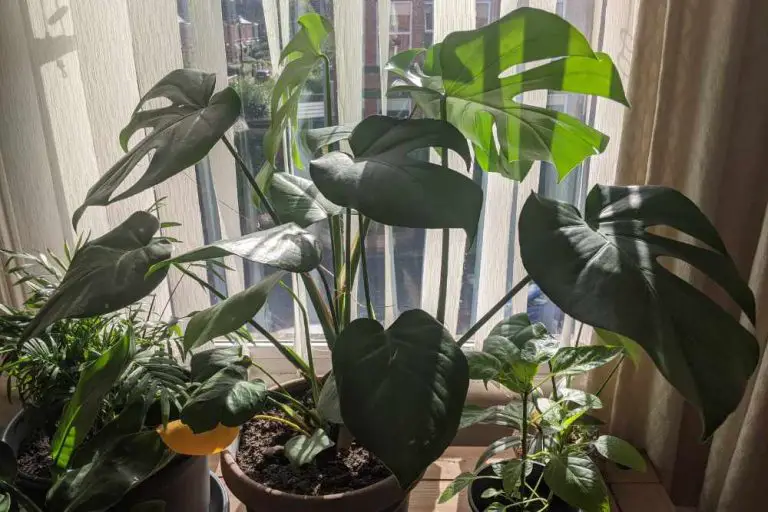Unraveling The Beauty Of Boston Fern Species: A Comprehensive Guide To Variets
Nephrolepis exaltata is a species of the Lomariopsidaceae family, also known as the Boston fern or sword fern. It is also occasionally referred to as the Davalliaceae or Oleandraceae or as a member of its own family, the Nephrolepidaceae. It is native to America. This evergreen shrub may reach heights of 40-90 cm (16-35 in) and, in severe infestation, 1.5 meters.
This plant is also known as the Wild Boston fern, Boston sword fern, Tuber ladder fern, Boston Blue Bell Fern, and fishbone fern. You might be shocked to learn that there are several different common types of Boston ferns that you can cultivate if you’re thinking about cultivating Boston ferns. Let’s get to know about 15 different Boston fern species from this article.
When To Plant A Boston Fern And How
Boston ferns can be planted inside at any time of year, but if you want to grow them outside, spring or fall are the best times to do it. Select a location for your fern with moist, permeable soil and enough shade. After digging into a hole roughly twice as wide and twice as deep as its nursery container, the fern should be placed in the ground and covered with soil and a small amount of organic compost. Mulch can also be added around the plant’s base to keep the soil moist and provide a more humid environment for newly established plants.
15 Types Of Boston Fern
1. Nephrolepis Exaltata Compacta
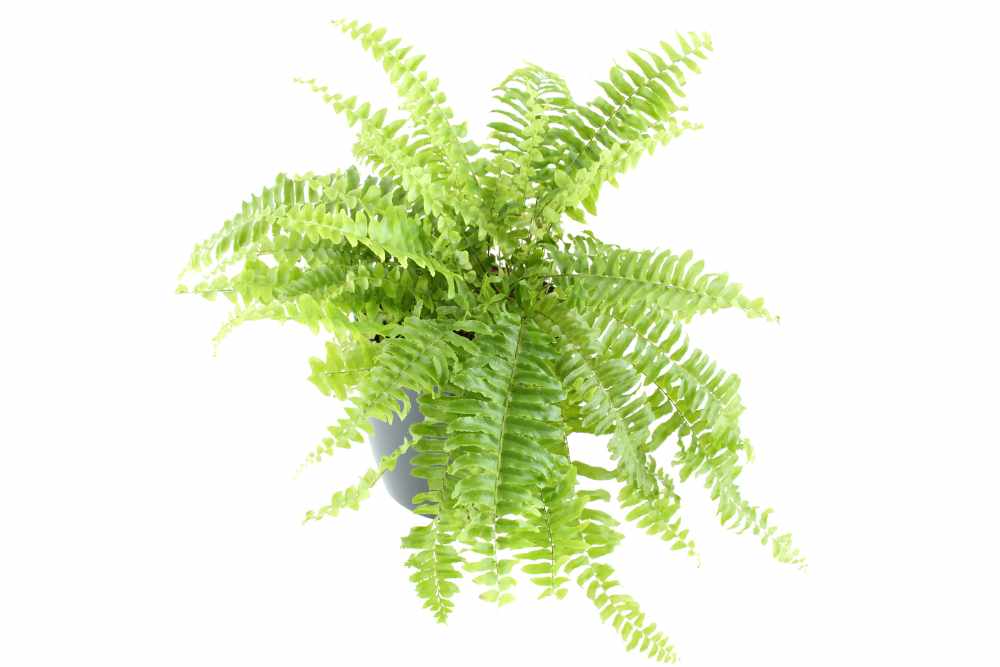
A smaller variation of the standard Boston Fern is the Nephrolepis Compacta. This smaller species is ideal for individuals with limited space or like a more modest-sized fern because it grows more upright and only reaches a maximum height of 18 inches.
It is the perfect choice for tabletops, window sills, or tiny hanging baskets due to its compact size and orderly growth pattern. This short, upright variety represents the common Boston fern species. This variety is more durable.
2. Nephrolepis exaltata Hawaiiensis
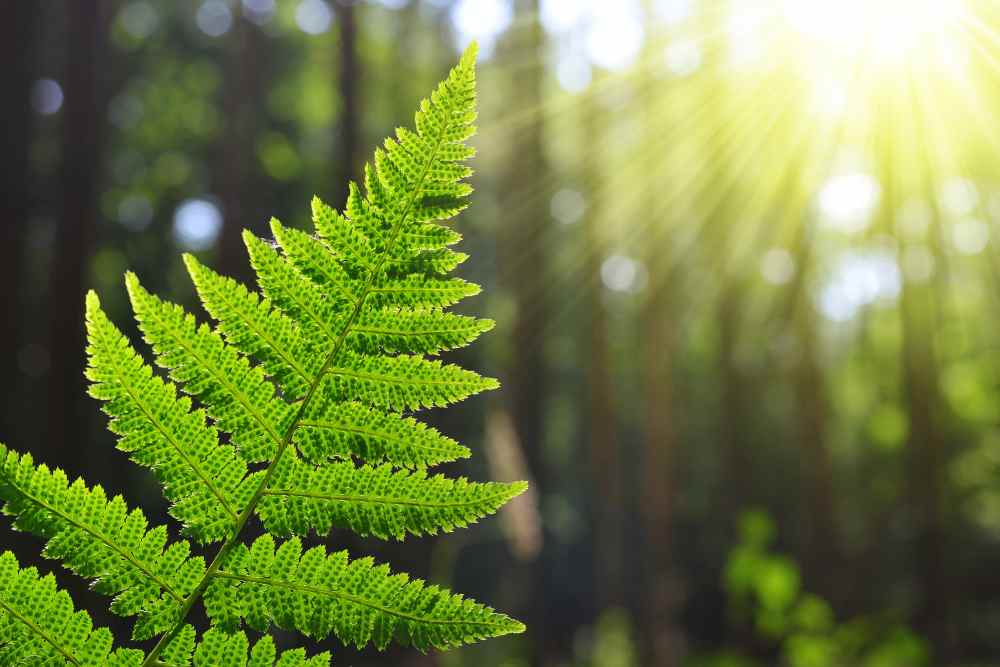
This type is indigenous to the Hawaiian islands, as one might infer from the name alone. It has black spots dispersed throughout its fronds that give the plant a kiwi-like appearance, making it simple to identify and distinguish from the various varieties of Boston ferns you can cultivate.
3. Nephrolepis Exaltata Whitmanii
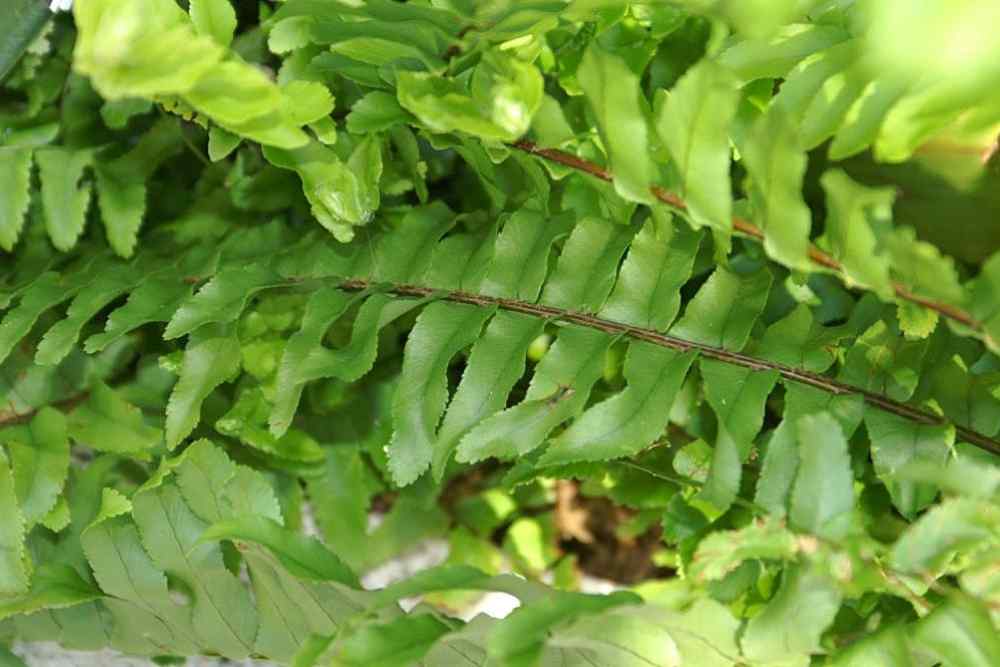
Consider growing “Whitmanii” if you’re having trouble maintaining the Boston fern’s high humidity requirements, which can be challenging in many homes, especially during the dead of winter. This variety has fine, delicate fronds that resemble little green feathers, require less humidity than others, and require less moisture overall.
4. Nephrolepis Exaltata – ‘Fluffy Duffy’
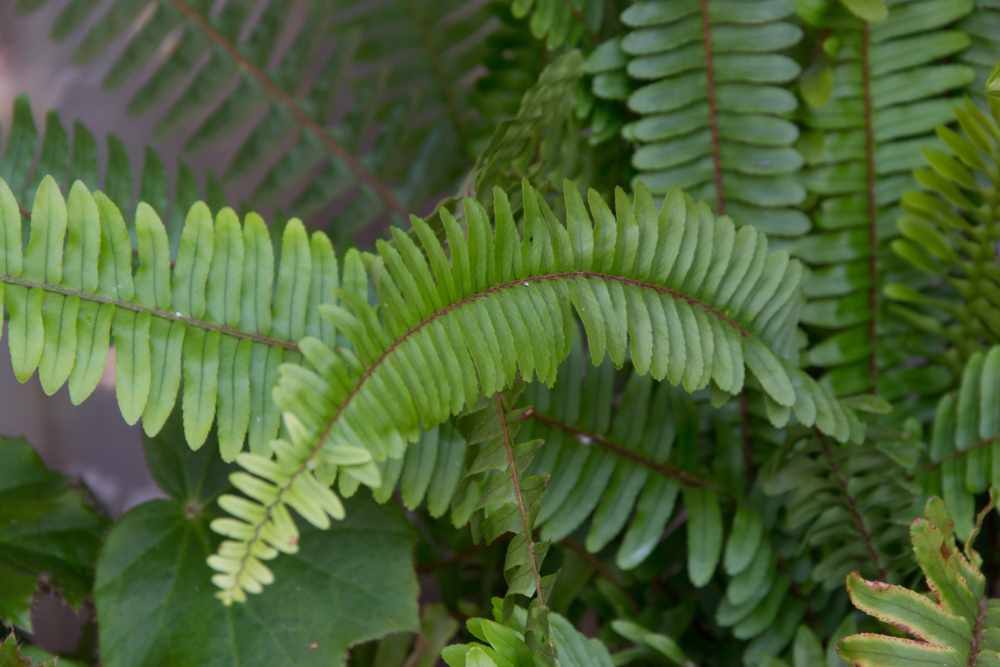
This fern is little, compact, and beautifully textured. This particular variety of Boston fern has fronds that are softly ruffled and clumped together neatly. Daily watering benefits this type all year long, and its fluffy fronds look lovely in hanging baskets.
Because this plant prefers dampness, spraying it daily during the winter and placing a saucer filled with gravel and water underneath the pot during the summer is strongly advised. Suitable for all types of containers. In warmer weather, it might be exhibited outside.
5. Nephrolepis exaltata – ‘Dallas’
Dallas Ferns are lovely plants with an arching growth habit with glossy, fern-like, pinnately compound leaves that start light green and turn forest green during the year.
Dallas is a small, simple-to-grow Boston fern that, like “Whitmanii,” tolerates lower humidity levels than most other Boston ferns. Additionally, it can function well in low light, making it a viable option for gardeners lacking the ideal environment for Boston ferns to flourish. Despite this, its fronds only reach a size and length of around half that of the ordinary species.
This dense herbaceous evergreen houseplant has an attractive shape. Its fine texture differentiates it from other indoor plants with less refined foliage. This plant shouldn’t be pruned often, just enough to keep it looking its best.
6. Nephrolepis Exaltata – ‘Golden Boston’
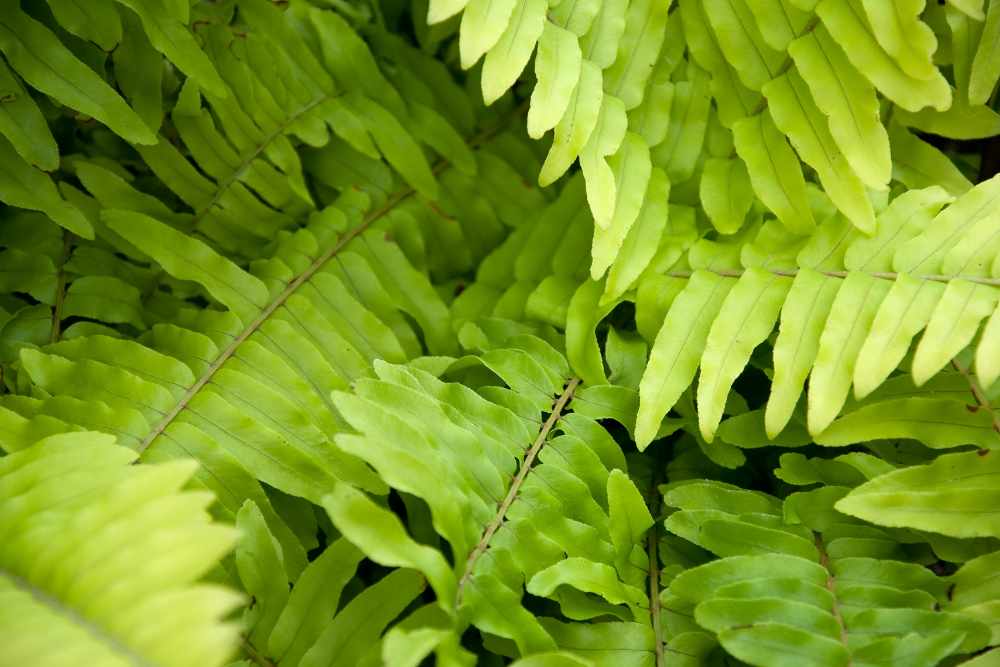
The “Golden Boston” plant produces golden leaves and can be cultivated in a pot outside before being brought inside for the winter and planted outside the following season. Compared to the parent cultivar, this variant is distinguished by its lighter (but still unquestionably vivid) yellow-green fronds. This species is regarded as low-maintenance and makes an excellent air purifier for the home.
7. Nephrolepis Exaltata – ‘Rita’s Gold’
‘Rita’s Gold,’ a small plant, features chartreuse-colored fronds that will likely catch your eye. Its foliage is exceptionally brilliant on new growth.
This golden-leaved variety of Boston ferns is a little more compact than traditional Boston ferns. It prefers shade but will withstand brief periods of sun. It shimmers and complements impatiens, begonias, and caladiums in mixed containers incredibly well when viewed from a distance.
8. Nephrolepis Exaltata – ‘Green Lady’
The Boston fern type known as “Green Lady” has lovely, ruffled-looking fronds and is classy. It grows in clumps and looks best when shown on a stand or hanging basket – anywhere its fronds may cascade and spill out over the edge.
The Green Lady Boston Fern is one of the most well-known plants for air purification and humidity control, and it will not only infuse your house with a sense of serenity.
9. Nephrolepis Obliterata – ‘Kimberly Queen’
The lush, evergreen Nephrolepis obliterata, sometimes known as the Kimberley queen fern, has sword-shaped fronds that are enormous and gracefully arching. If you frequently have low humidity in your home, avoid trying to cultivate the type known as “Kimberly Queen” or N. obliterata. Despite this, it is lovely, little, and simple to grow.
The Kimberley queen fern is a native Australian plant. The Kimberley region of Australia and the Earl of Kimberley, the British colonies’ secretary of state in the 1800s, are the sources of its common name.
The growth habit of the plant is often erect and bushy. These ferns can be grown successfully outdoors in warm climates, as container plants overwintered indoors, or as entirely indoor houseplants. They grow fairly quickly and do best when planted in the spring.
The dark green fronds are ideal for giving shaded decks, patios, and other outdoor living spaces a tropical texture. However, it also blends well with other shade-loving tropicals and annuals and looks particularly striking in large containers.
10. Nephrolepis Cordifolia – ‘Lemon Buttons’
‘Duffii’ and ‘Lemon Buttons’ are two names for this Boston fern. Because it is one of the smaller varieties of Boston fern, it can be cultivated as a houseplant or in a terrarium. It has tiny, button-like green and gold leaflets produced on dark green, arching stems. It is adorable and compact. These stems rarely grow taller than a foot. You can choose whether to grow it in an atrium, terrarium, or hanging basket.
11. Nephrolepis Exaltata – ‘Teddy Junior’
The “Teddy Junior” plant can reach seven feet when grown outdoors. But it is much simpler to maintain this plant’s compact growth when planted in a container. When cultivated in a container, it is one of the Boston fern kinds that is the most compact.
12. Nephrolepis Exaltata – ‘Tiger Fern’
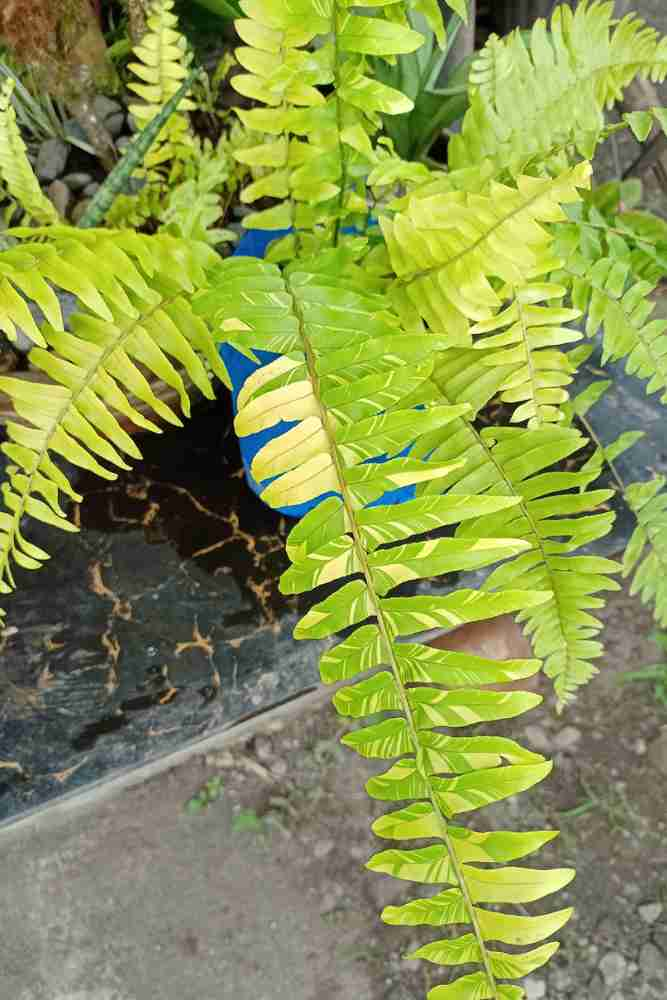
This Boston fern has irregular marbled leaves in colors of green and gold. Large leaves of this plant are known to grow exceptionally long.
Tiger Fern is a recently chosen cultivar with incredibly lovely leaves variegation, making it stand out in the collection. We suggest it as a wonderful option for a hanging basket because of the lovely cascading flow of fronds. The tiger fern is one of the simplest indoor and outdoor plants to care for; water it when it becomes dry. These plants have strong roots and are in excellent health. Ferns are one of nature’s most adaptable, luscious foliage plants.
Variegated Boston Tiger Fern will grow at a varying rate and have a wide range of leaf colors depending on the soil type, sunlight, temperature, and other variables.
13. Nephrolepis Exaltata – ‘Todeoides’
It’s harder to find this particular variety of Boston fern than others. It is, however, a spreading cultivar like ‘ELegantissima.’ It has an elegant arching habit in addition to being resilient.
An indoor plant fern can also be cultivated outside in warm climates. It grows to a height of 5 feet and has broad, 6-inch wide fronds. These are the traditional Boston ferns, which were common in Victorian homes.
Numerous varieties are available, and they have a lovely arching habit. They need regular feedings and excellent, indirect indoor lighting. Similar to the cultivar “Elegantissima” is this one. It features segments that are a little bit longer and bi- to three-pinnate fronds. It prefers moist, slightly acidic soil that is hardy and easy to cultivate.
14. Nephrolepis Exaltata – ‘Florida Ruffle’
This cultivar, which is of medium size, has fronds that look airy and ruffled. To give the impression of a large, dense plant, each frond splits, followed by overlapping with others.
This particular variety of Boston fern has fronds with gentle ruffles that gather neatly into a clump. Because this plant prefers dampness, spraying it daily during the winter and placing a saucer filled with gravel and water underneath the pot during the summer is strongly advised.
This is perfect for all types of containers. Very attractive in a hanging basket or on a small table. When it’s warmer outside, it might be exhibited.
15. Elegantissima
This indoor plant can reach incredible heights when cultivated outdoors in warmer climates. The plant eventually reaches a height of five feet, and its lovely, broad fronds spread out to a width of six inches. A typical Victorian parlor fern is this one.
It is a species with broad fronds 6 inches wide and growing to 5 feet. They come in a variety of varieties and have an elegant arching habit. They need regular feedings and excellent, indirect indoor lighting. Hardy and simple to grow.
- 15 Ingenious Kitchen Garden Ideas to Cultivate Freshness Right at Home - April 7, 2024
- 10 Top Picks Best Plants for Open Terrarium - April 2, 2024
- 21 Easy and Cheap Walkway Ideas for a Charming Garden - March 31, 2024

